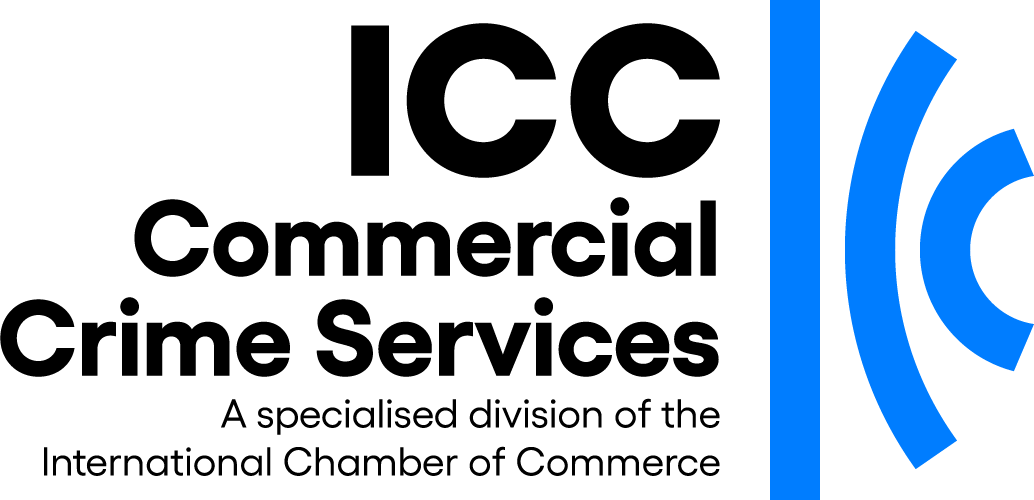
 The ICC Counterfeiting Intelligence Bureau (CIB) says its members are finding the method of removing counterfeiting websites via the internet regulator costly and often ineffective.
The ICC Counterfeiting Intelligence Bureau (CIB) says its members are finding the method of removing counterfeiting websites via the internet regulator costly and often ineffective.
 The ICC Counterfeiting Intelligence Bureau (CIB) says its members are finding the method of removing counterfeiting websites via the internet regulator costly and often ineffective.
The ICC Counterfeiting Intelligence Bureau (CIB) says its members are finding the method of removing counterfeiting websites via the internet regulator costly and often ineffective.
The process established by internet regulator the Internet Corporation for Assigned Names and Numbers (ICANN) is called the Uniform Domain-Name Dispute-Resolution Policy (UDRP). This aims to deal with alleged abuse of domain name registrations, allowing the holders of IP rights some recourse over websites selling counterfeit versions of their branded goods.
A UDRP process starts with the filing of a complaint with an approved dispute resolution service provider. The complaint is a legal document detailing how a specific domain is being used contrary to ICANN rules for example, by having a name confusingly similar to another domain, being used in bad faith or violating IP rights.
In addition to the filing, complainants must pay a fee of about USD 1,300 for each domain they challenge. This fee can rise to USD 3,800 if several dispute panellists are required. Following the filing and fee payment, a dispute panel works through a number of further steps. It may take up to 60 days from when the initial complaint was filed before a decision is reached.
CIB Assistant Director Max Vetter states: “This system is slow and can prove hugely expensive for larger brands. One CIB member identified over 100,000 domains, registered by unknown parties, using its company’s brand name. Under the ICANN system, each of these would cost USD 1,300, plus legal fees, to remove. Also, since it can take over two months to remove the site, the counterfeiter has a sizeable window in which to sell his substandard goods.
“It is our experience,” Mr Vetter continues, “that by the time a domain name is eventually removed from the internet, another very similar site has appeared, perhaps under a ‘.net’ address instead of the original ‘.com’ address over which the initial complaint was made. Under the ICANN system, the whole process and costs must be repeated for each site. This mechanism puts a huge burden on large, established brands and is often prohibitively expensive for smaller brands with limited resources.”
Mr Vetter goes on: “The main problem with the UDRP process is that it attempts to add regulation to what is largely an unregulated system; a counterfeiter can buy any number of domain names with little or no scrutiny. The ease of domain registration is the issue that ICANN should address at source. As long as it remains unchecked, brand holders are obliged to pay an unlimited number of fees under UDRP in an attempt to stem the almost constant stream of websites.”
As part of its services to members, CIB offers alternative techniques for combatting websites selling counterfeit goods. For more information, email cib@icc-ccs.org or call +44 207 423 6960.






